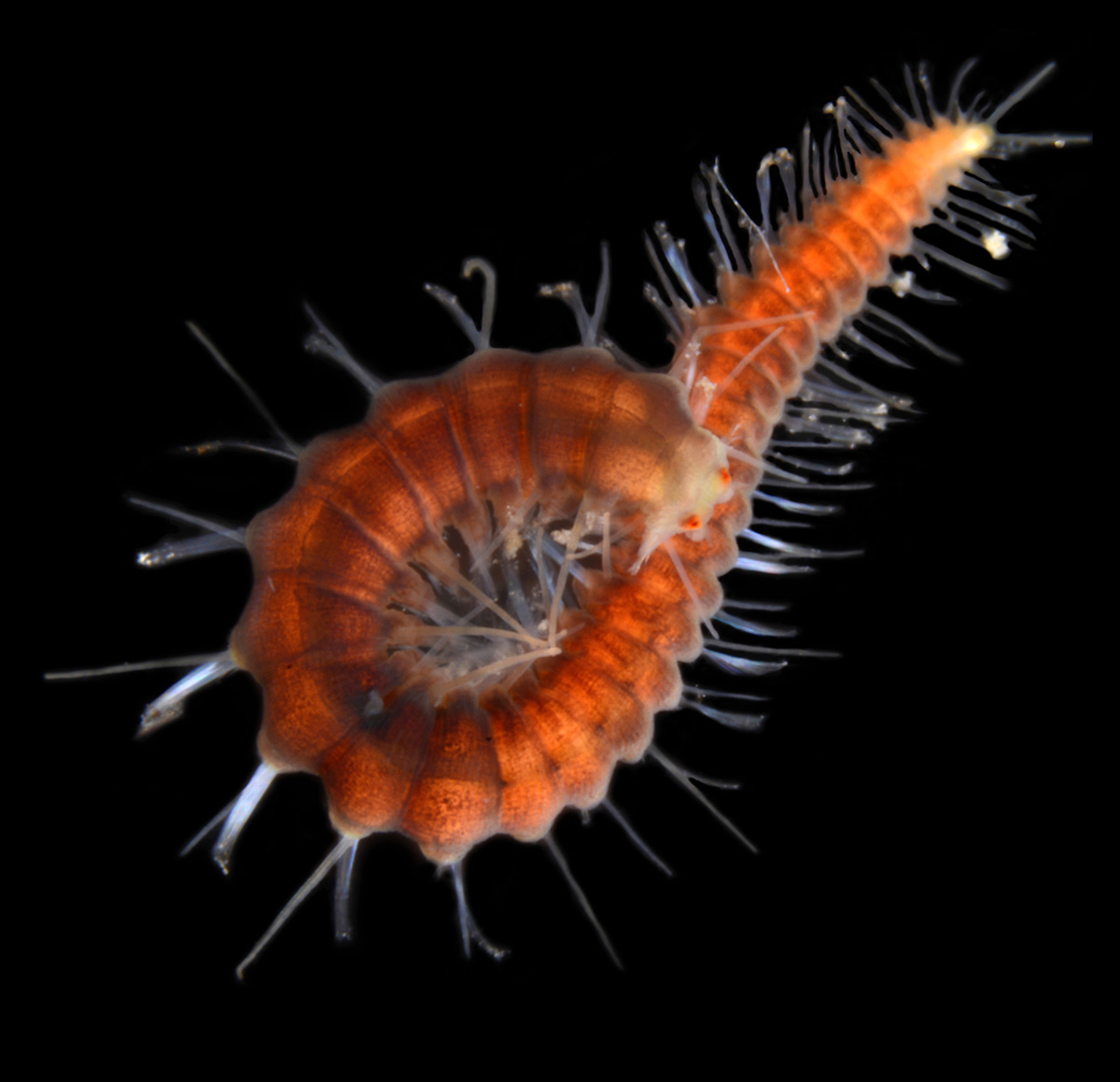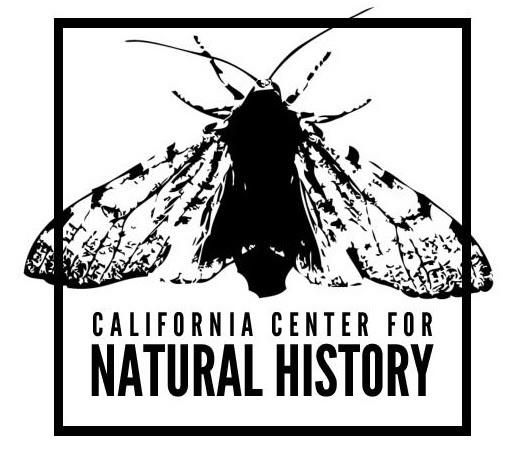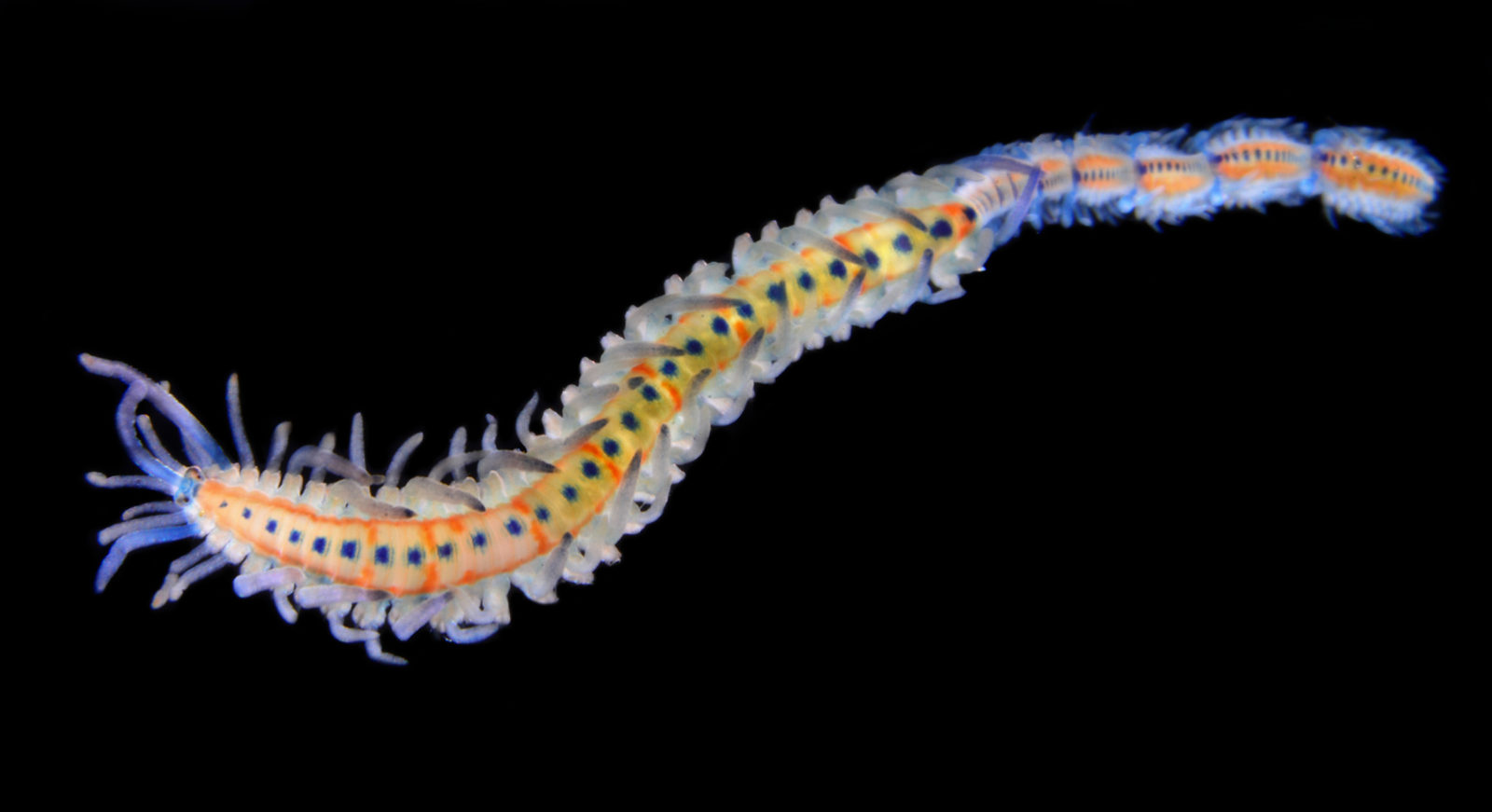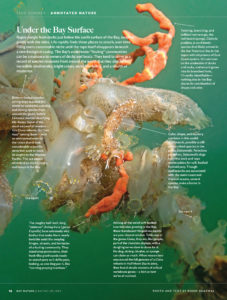I think I saw a worm swimming in the Bay, what is it?
It was mid August in 2015 when I first held one, its long thread like body rolling and pulsing in my hand. Tickled by the anticipation of a bite or sting my blood pumper was doing double time as sweat dripped off my nose and mixed with the salty summer Lake Merritt waters. The strange little bright orange organism I had scooped from the surface would be my first introduction to a seasonal occurrence in San Francisco Bay waters of a unique sexual reproductive strategy employed by some of our most overlooked bay dwellers: polychaetes.
Also known as marine worms or bristle worms, polychaetes are part of the phylum Annelida, the segmented worms. The San Francisco Bay has well over a hundred different species, some originating from far away and carried here in the ballast water of shipping boats. Megasyllis nipponica, the one I held, is originally from Japan. Most polychaetes spend their lives at the bottom of the Bay in the mud, in the rocks, and other nooks and crannies that their thin long bodies enable them access to. So why was this one swimming around at the surface?

At the end of summer a number of the polychaetes go through a synchronized reproductive process known as epitoky where adult worms produce sexually mature worms that swim and are noticeably different than the original worm in shape, color, and size. One method of producing the epitokes is to gather gamete material (eggs and sperm) in the posterior of the worm and then bud off new worms in a process known as schizogamy. M. nipponica which is usually green in color buds off bright orange epitokes that furiously swim through the water looking for other epitokes. When epitokes find each other they sometimes burst open allowing eggs and sperm to fertilize each other.
Epitoke swarming happens just a handful of times a year when water temperature is right, and for some species the phase of the moon comes into play. M. nipponica seems to prefer the new moon in August and September, when Bay waters are the warmest. Swarming events have been known from around the world for centuries. Christopher Columbus reportedly saw bioluminescent epitokes from the genus Odontosyllis on his first voyage to the Americas, while Polynesians have long harvested swarming South Pacific Palolo worms for caviar-like feasts.

None of the polychaetes in the Bay seem to make huge displays with lights, or balls of epitokes big enough to pick up and eat, but the brightly colored swimming worms are a phenomena to watch for as we approach the close of summer.

Ask the Naturalist is a reader-funded bimonthly column with the California Center for Natural History that answers your questions about the natural world of the San Francisco Bay Area. Have a question for the naturalist? Fill out our question form or email us at atn at baynature.org!





